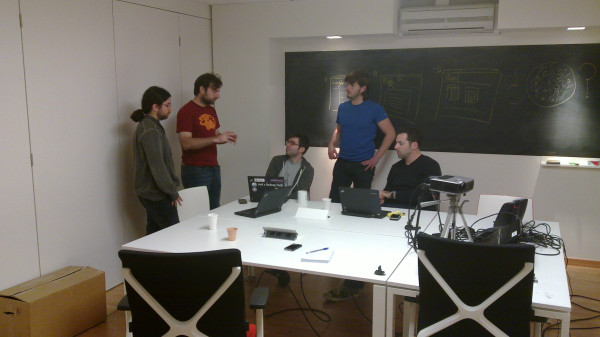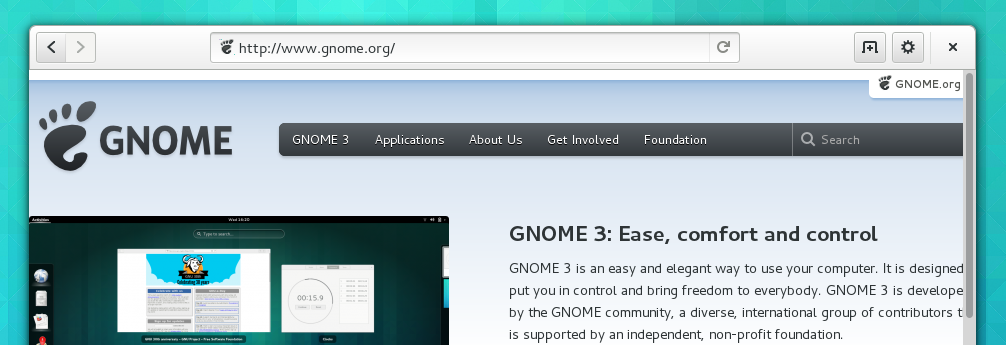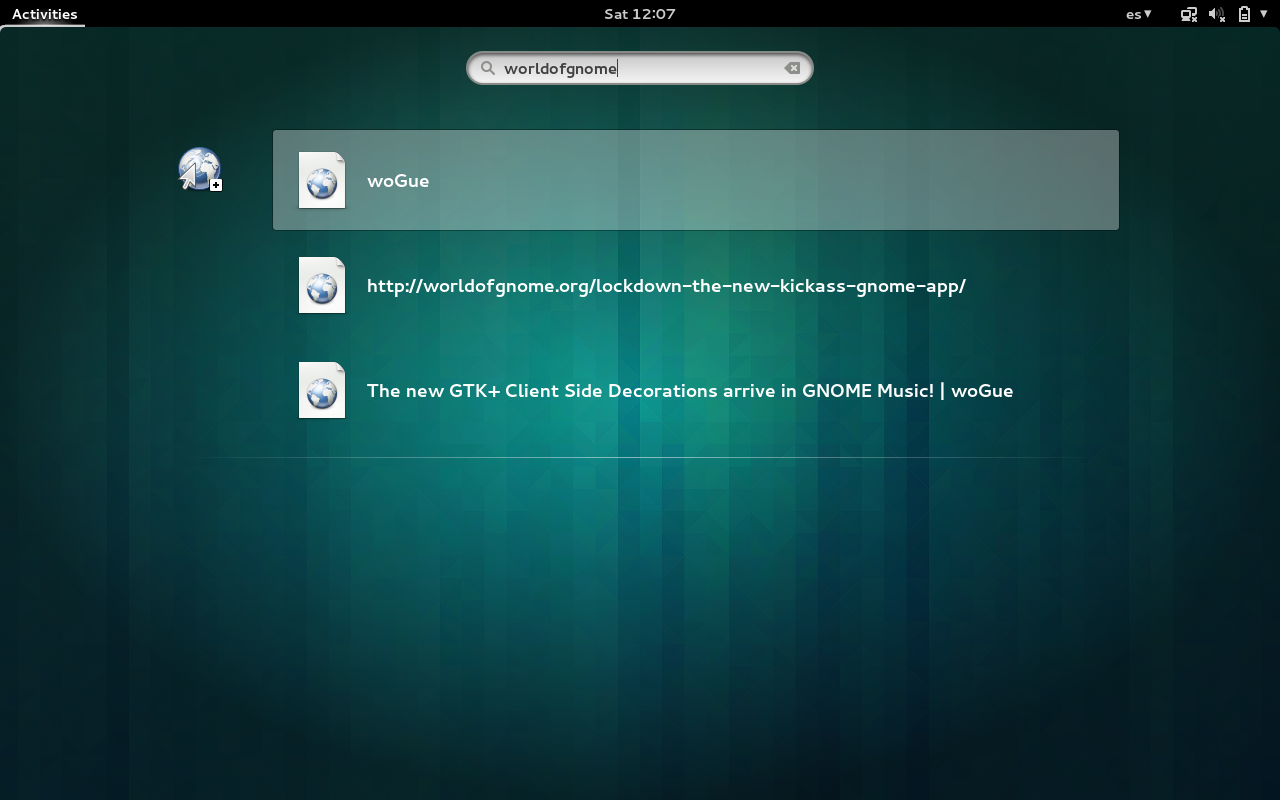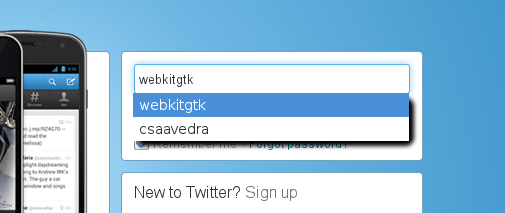Go forward in time to November 2013.
- Sat 2013/Oct/05
-
I have been putting off this post for long enough now and perhaps the internet has already written about this, nonetheless, I feel my duty to share with you my excitement about the latest release of GNOME Web, which, once again, we can proudly say it's the best release we've achieved so far. Let's see in detail why.
First of all, let's remember the evolution that Web, once Epiphany, has gone through since the second WebKitGTK+ hackfest in the Igalia offices, back in 2011. Back then, Jon, Bastien, Felipe, Xan and I sat together for an afternoon discussing the role that Epiphany would have in GNOME in the long-run, and how could we evolve, from what we had back then to what the design team had envisioned for the browser up to that point, in a way that would adjust to the six-month release cycle in GNOME, so that our users could already get, iteratively, the improvements we would be working on.

Since then, every single release of Epiphany, now Web, has brought to you changes that have spurred a bit of controversy, but in the long run, have pleased our users and also brought about new ones, proving that the iterative nature of our work has been working out well. With the 3.10 release, however, we've settled a bit the pace of the work and we've focused mostly in polishing and ironing out the details that, for diverse reasons, we had left pending. Work, as usual, is never complete, but I am happy with what we've done for the current release.
Another aspect of this release that's worth mentioning is that many of the cool changes coming with it are the work from contributors to the project other than the usual suspects, and it's been with pleasure that I have probably spent more time reviewing patches for Web than writing my own. It is pretty cool to see other people as motivated with Web as we are.
But now to the juice. What's new in Web 3.10?
DuckDuckGo as new default search engine: I have already written about this in a previous entry, but slightly over a month into the news, I can say that the reaction so far has been mixed, though mostly positive. We still need to see Web hitting the release of major distributions in order to judge better the reception, and I am looking forward to it.
New titlebar for normal and application mode: Following the designs from Allan and the rest of the design team, Yosef Or Boczko took on the challenge to rewrite the titlebar to use a style close to that of the new GtkHeaderBar, both for normal windows and for the application mode. The result is pretty awesome.

Normal window
Application modeWhile we're not yet using GtkHeaderBar, due to some limitations that make it unsuitable for Web, we will try to solve this during the 3.12 cycle.
New search provider for GNOME Shell: This is a really cool feature. Have you noticed that when typing in the shell overview, not only applications come up as suggestion, but also files in your Home directory and, perhaps, even some other results? Wouldn't it be awesome if also results from your Web search history would come up? Or if you had the chance to perform a internet search right from the shell? Well, this is no longer a dream. Thanks to Giovanni Campagna, Web now ships a search provider for the Shell, which will take care of providing results for you. Click on the Web icon, next to the search history results, and a Web window will come up with fresh search results.

Results from Web's history in the GNOME ShellThe way this works is that Web now can run in a headless mode, so that whenever the shell requests results from Web's provider, this will query results from a running instance of Web. If Web is not running, a headless instance can be spawned. Eventually, we might want to split this to a separate binary to avoid the need for a headless browser and have a minimal search daemon instead, but that's still under discussion.
Form authentication revamped: Gustavo took on the task of fighting the DOM bindings and the web extension in order to bring our users something that was long due: the possibility of not only storing but also accessing form credentials for multiple usernames in the same site. Now, every time you try to log in a webform for which you've stored more than one username/password pair, a nice popup with autocompletion will show up, to help you select the right credentials.

Multiple usernames in TwitterFavicons in the overview thumbnails: This is a small change but one that improves considerably discoverability in the overview. Judge by yourself.

Overview thumbnails with faviconsAn improved WebKit2 engine: I'll keep this short and won't go into details, but thanks to the latest version of WebKitGTK+, you'll have a new Web Inspector, accelerated video compositing support, and a much more stable and mature engine. Carlos has written extensively about the WebKitGTK+ 2.2 release. Please go and read his post if you haven't already.
A new user manual: Even before we started rewriting Web's user interface, the user manual shipped with it was already obsolete, so our decision had been to remove it entirely. Thanks to the fantastic work of the documentation team, Web 3.10 is the first version in a long while to ship a user manual updated to the latest features.
Of course, there are a good deal of other fixes and minor improvements that it would be pointless to list here in detail. Please give GNOME Web a try and see by yourself. If you have feedback, rest assured that we're eagerly waiting for it, and that we expect you'll enjoy browsing the web with us as much as we've enjoyed the last six months of work.
Go backwards in time to September 2013.